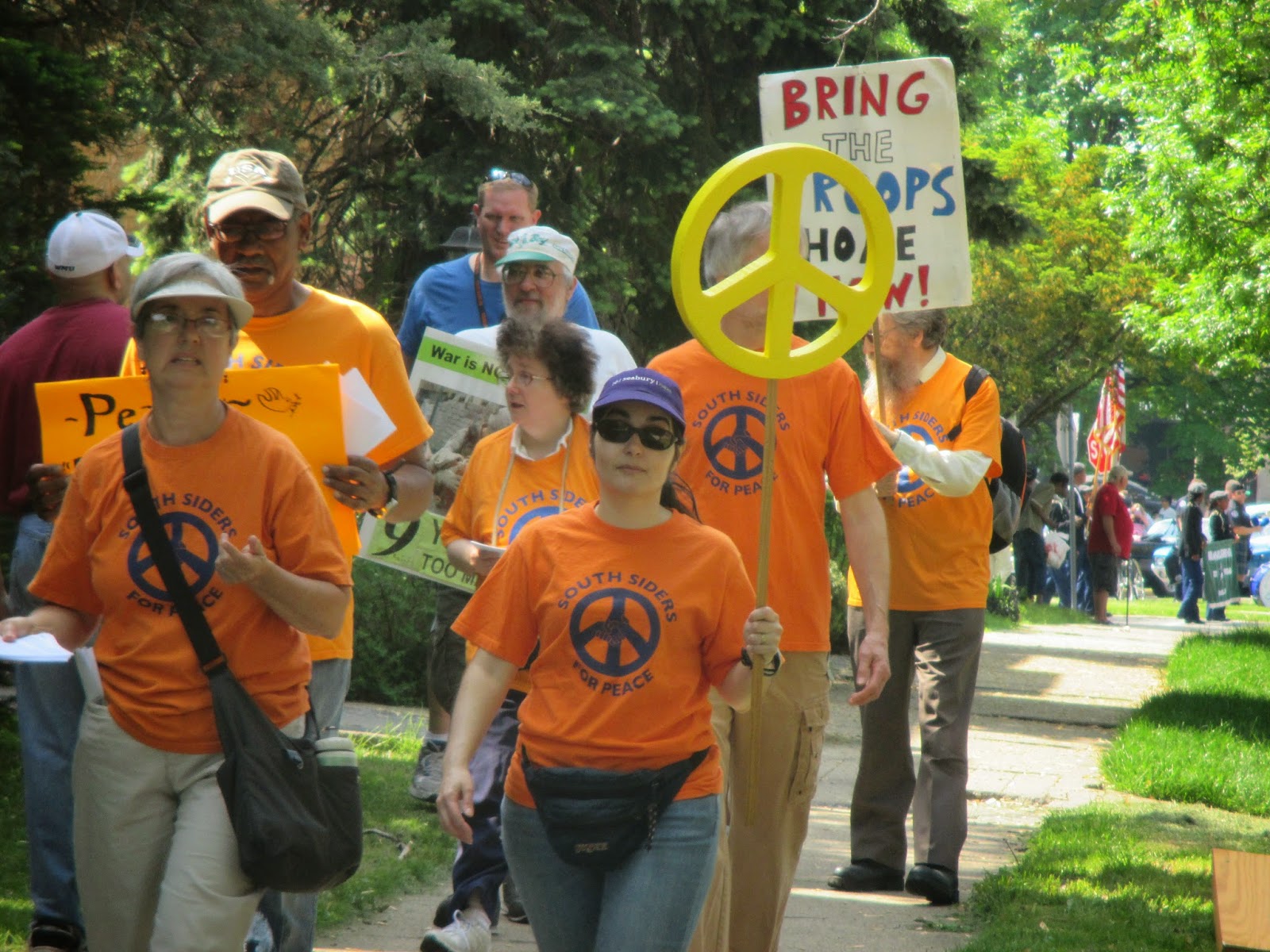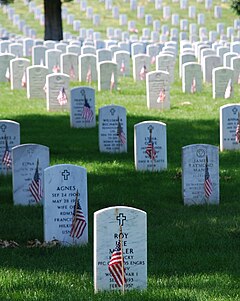National Guard in World War II
The National Defense Act of 1920 established the Army of the United States, to consist of the Regular Army, the Organized Reserve Corps and the National Guard, when called into federal service.
An amendment to the National Defense Act passed on June 15, 1933 created a new Army component, the National Guard of the United States. This component, while identical in personnel and organization to the National Guard of the states, was a part of the Army at all times, and could be ordered into active federal service by the president whenever Congress declared a national emergency. Thus it became possible for the National Guard to be given an Army mission without having to wait for a "call" to be issued by the various state governors.
In August 1940, President Roosevelt ordered the National Guard of the United States into active service. Between September 16, 1940, and October 6,1941, the National Guard brought into federal service more than 300,000 men, in 18 combat divisions, as well as numerous non-divisional units, including 4,800 men from the 29 National Guard observation squadrons. The number of Guardsmen federalized doubled the strength of the active Army, and the National Guard observation squadrons, due to their high state of training, helped to expand the U.S. Army Air Forces.
Not only did the Guard provide the Army with an experienced source of manpower, it also provided the expanding Army with leaders as over 75,000 National Guard enlisted men became commissioned officers during World War II, either through OCS programs or by battlefield commissions.
During World War II, National Guard units participated in 34 separate campaigns and numerous assault landings in the European and Pacific Theaters of Operation. Of the first five U.S. Army divisions to enter offensive combat, four of them, the 32nd, 34th, 37th and Americal Divisions, were Guard divisions. One Guard division participated in the Normandy Omaha Beach D-Day landings on June 6,1944. Again Guard units served well, with 148 presidential citations awarded to National Guard units for outstanding performance of duty, or for conspicuous valor or heroism. Individual Guardsmen received 20 Medals of Honor, 50 Distinguished Service Crosses, 48 Distinguished Flying Crosses and over 500 Silver Star Medals.
From the streets of Harlem and other New York City neighborhoods came the African-American National Guardsmen of the 369th Infantry Regiment. They were assigned to the French Army and took part in the Meuse-Argonne offensive. During the attack, the New York City militiamen fought a brutal struggle with defending German troops. Heavy casualties were sustained on both sides. The Germans nicknamed these troops "Hell Fighters." Their brave actions earned the French Croix de Guerre award for the entire regiment which was cited as "the regiment that never lost a man captured, a trench or a foot of ground..."
The 37th Ohio National Guard "Buckeyes" Division took part in the assault to drive Japanese forces out of Manila. It was treacherous fighting. The Japanese had fortified buildings and the 37th found themselves fighting block-by-block, floor-by-floor and room-by-room. One squad leader found himself the object of a bayonet charge by six Japanese soldiers from 30 yards away. Sergeant Billy E. Vinson warded off the first bayonet thrusts, then opened up with his rifle and dispatched the attackers with a single sustained burst of gunfire. He held his ground until all wounded soldiers in the vicinity could be evacuated. As their Division history states, "For those who missed Normandy or Casino, Manila would do."
With the end of World War II in 1945, National Guard units were demobilized and personnel were returned directly to civilian life through Army separation centers. For a short period during the winter of 1945-46, there was no National Guard.
https://www.globalsecurity.org/military/agency/army/arng-history-ww2.htm#:
















.jpg)



















